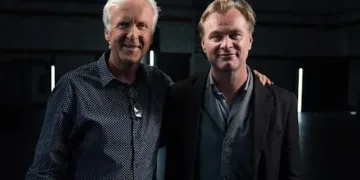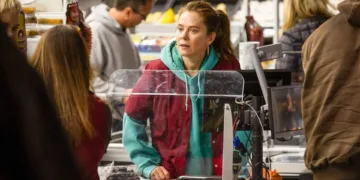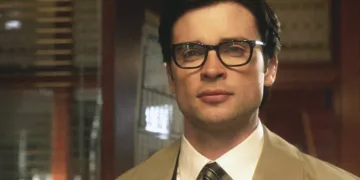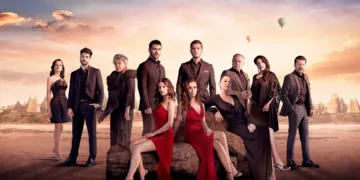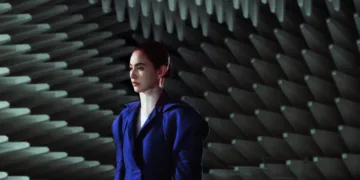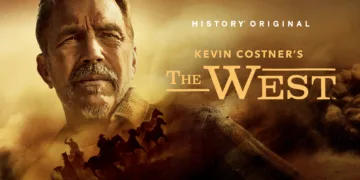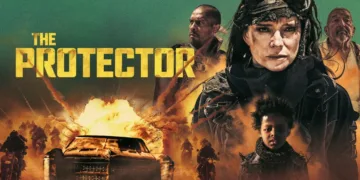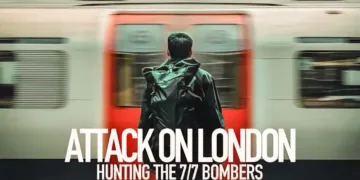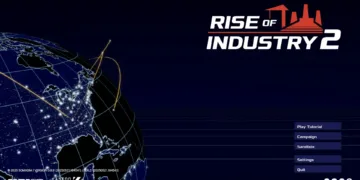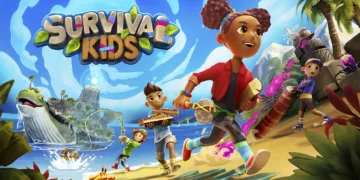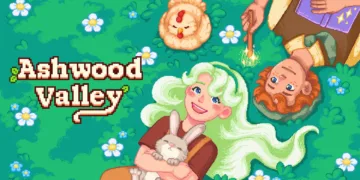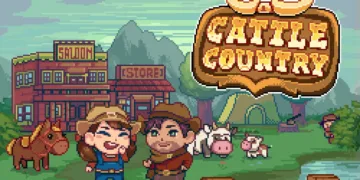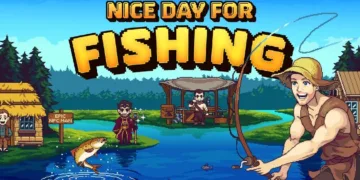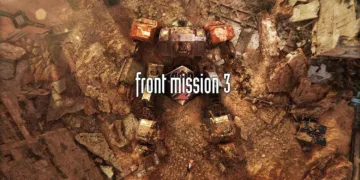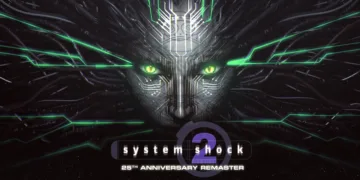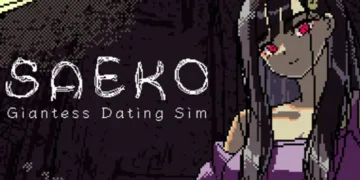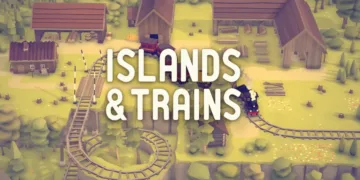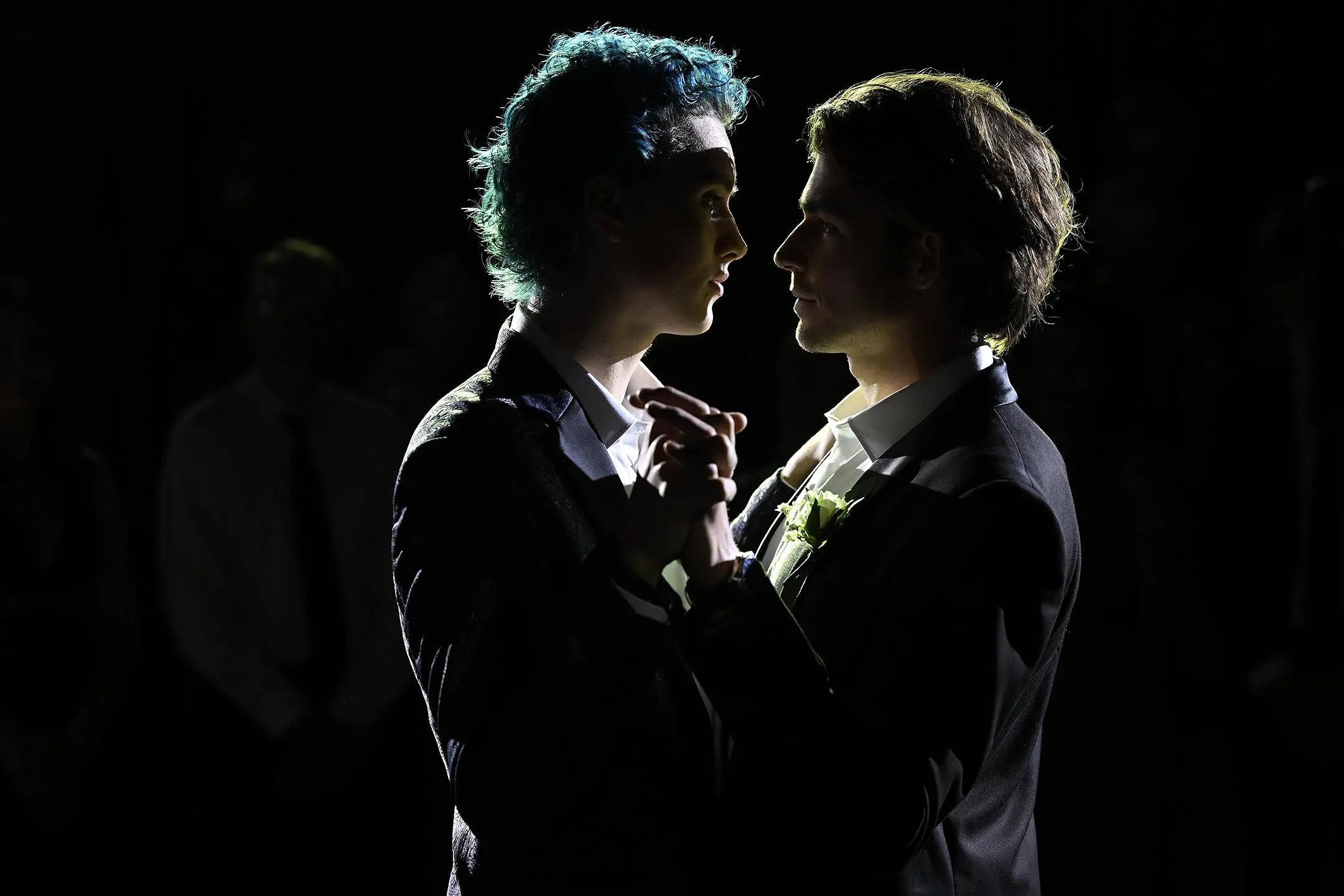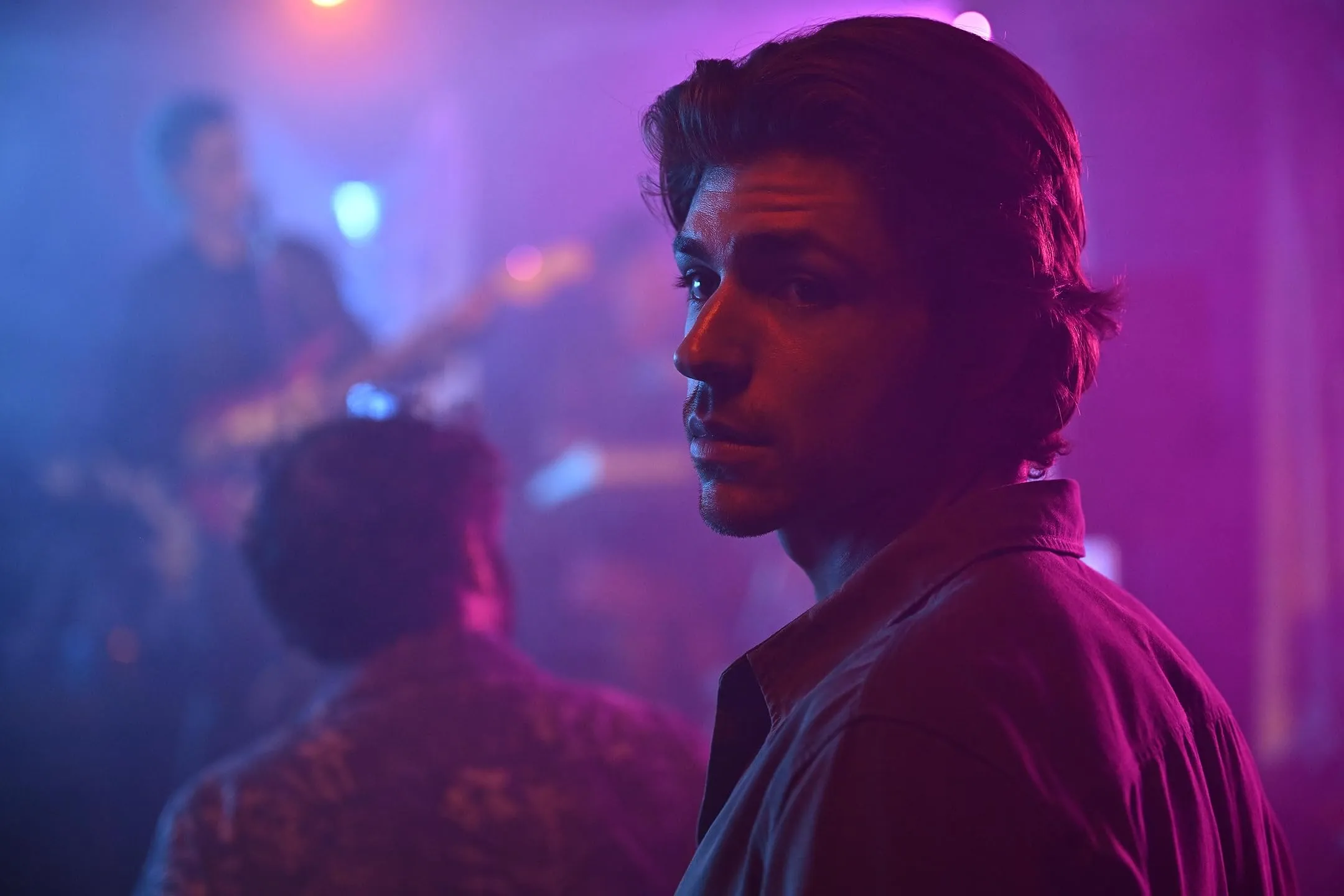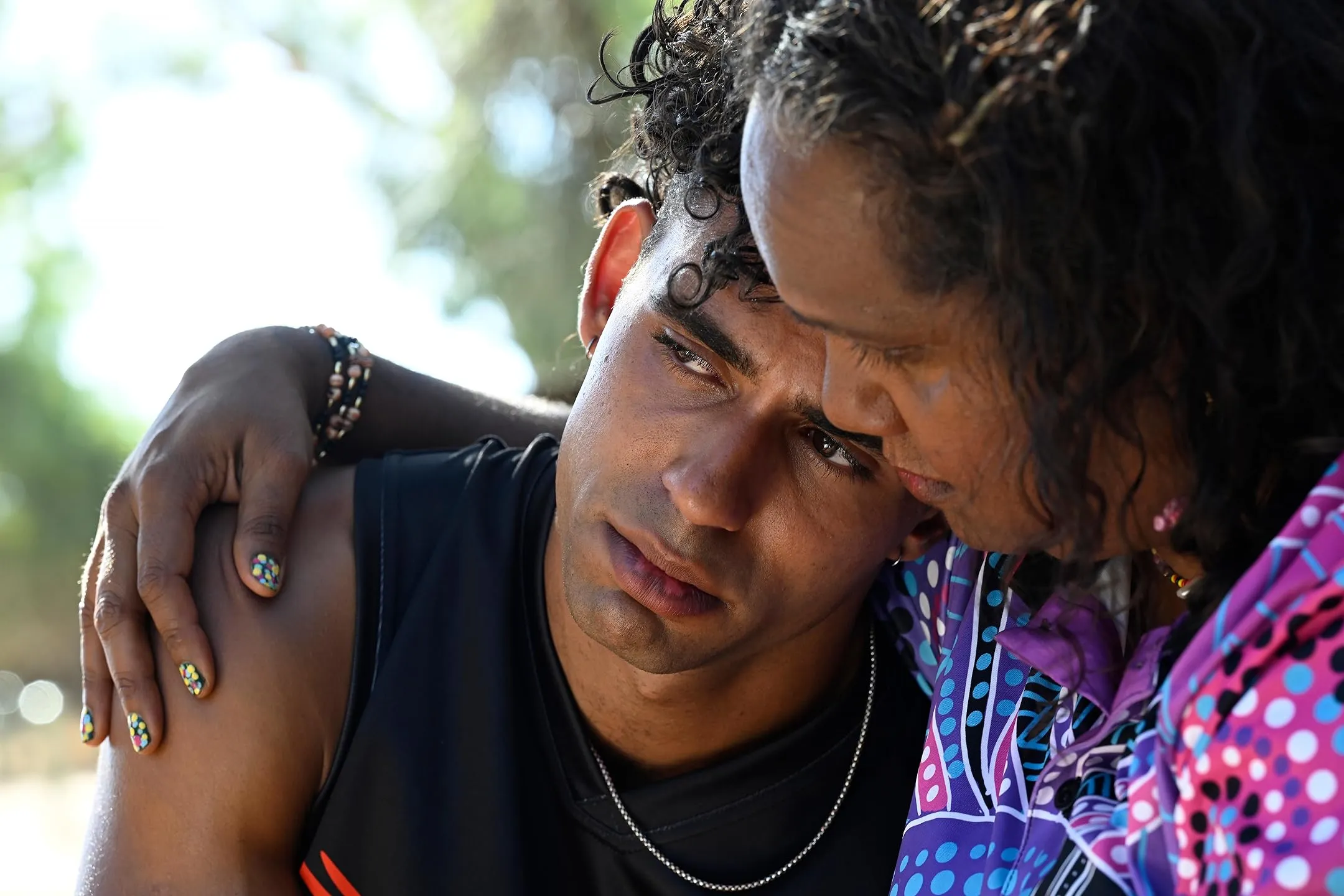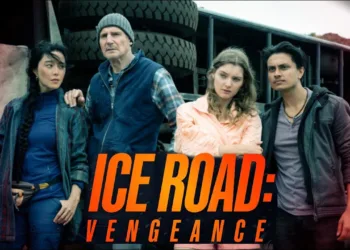Invisible Boys arrives as a screen adaptation of Holden Sheppard’s 2019 YA novel, appearing on Stan’s platform with a bold entry into Australian television. The series explores narratives of youth in regional settings—a story that reimagines LGBTQIA+ experiences in a coastal town rooted in tradition. (The adaptation itself raises questions about translating literature to visual storytelling.)
The context of the 2017 marriage equality win and the contentious same-sex marriage plebiscite creates a historical backdrop that deeply impacts the narrative. Political events weave through the characters’ private struggles and public moments—illustrating how personal freedom interacts with societal constraints.
Geraldton, a rural location often overlooked in queer storytelling, emerges with new depth. Its regional conservatism creates a stark contrast to urban experiences. This tension generates an environment where personal identity and community expectations collide, creating moments of complexity and subtle commentary.
Narrative & Storytelling: Structural and Symbolic Threads
Charlie’s encounter sparks a chain reaction among four young men. An impulsive act breaks a television screen and exposes the fragile exterior of their carefully guarded lives. The series uses an episodic structure to highlight individual viewpoints. Each episode creates an intimate portrait, revealing personal struggles and shared challenges.
Transitioning from novel to screen, the adaptation makes significant changes. The original book explored personal turmoil through quiet reflection, while the series adds visceral energy. It connects personal stories with societal challenges, blending political tension with adolescent uncertainty. This approach creates a multifaceted narrative that explores both private experiences and broader social dynamics. The adaptation challenges viewers to examine their perceptions of reality and youth.
The narrative moves between intense drama and subtle comedy. Dark humor interrupts tense moments, offering viewers brief relief during escalating conflicts. Visual elements tell their own story: a broken screen, close-up shots of buzzing bees, and muted colors that reflect internal struggles. The storytelling shifts between philosophical depth and raw emotional expression, creating a complex exploration of youth and identity.
The plot weaves personal experiences with historical context, presenting a nuanced exploration of individual lives.
Faces of Conflict and Complexity
Charlie Roth embodies a rebellious spirit—a potential rock star whose inner conflict reflects external pressures. His life moves between the seductive world of fame and the weight of hidden truths.
His journey from concealed desires to self-revelation carries significant challenges, including potential social backlash. Personal dreams clash with the discomfort of constant observation, echoing cinematic stories of private struggles becoming public spectacles.
Kade “Hammer” Hammersmith represents a complex character. His battle with traditional masculinity exposes vulnerabilities rarely seen on screen. Moments of raw aggression blend with glimpses of deep sensitivity, challenging viewers to understand his multifaceted nature. Family expectations press down on Hammer—creating a character defined by internal contradictions.
Zeke Calogero emerges as a figure of careful ambition. A diligent student caught between traditional expectations and secret desires, his character moves between conformity and hidden rebellion. Internal conflicts between academic pressures and personal impulses reveal the cracks in his seemingly stable exterior. His story explores the silent struggle of reconciling duty with personal truth.
Matt Jones appears as the group’s mysterious element—a cool surface hiding turbulent emotions. His interactions with Charlie add unpredictability to the narrative. A quiet tension marks his presence, suggesting deep, unspoken complexities. His character raises questions about hidden depths beneath a calm exterior.
Supporting characters add richness to the story. Doris brings a blend of warmth and practical wisdom. Parental figures, like Charlie’s mother, expose cultural and racial tensions lurking within family dynamics. These relationships illuminate societal struggles with acceptance and prejudice.
Symbols and Struggles: Exploring the Core Themes
The series reveals queer identity within a conservative community through an unblinking lens. Characters exist beneath the weight of societal disapproval, their lives reduced to near invisibility.
This exploration challenges the tension between personal authenticity and rigid community expectations. The contrast between self-expression and traditional norms creates a powerful narrative of hidden struggles.
Hammer’s story explores the complex intersection of sexuality, cultural, and racial identities. Family pressures and indigenous heritage collide, generating intense internal conflicts. A young man grapples with a background that simultaneously defines and restricts him. His experience becomes a window into broader cultural tensions and social prejudices.
Mental health and trauma receive nuanced treatment. The narrative balances vulnerability with restraint, avoiding melodramatic portrayals. Trauma emerges as a formative experience that shapes characters without consuming their entire story. Emotional depth appears through subtle, carefully crafted moments.
Relationships and chosen family become critical sources of strength. Alternative support networks offer protection against isolation. Shared experiences create pathways to understanding and connection, challenging existing social structures. The characters forge connections that challenge traditional boundaries of belonging.
Visions of the Outback: Cinematic Landscapes and Metaphors
Geraldton’s coastal landscapes emerge as a powerful backdrop, intensifying the story’s emotional depth. Western Australia’s raw terrain stands in sharp contrast to the oppressive social environment. The region’s wild beauty reflects the internal struggles of its characters.
Visual metaphors weave through the narrative. A broken television symbolizes the shattering of personal identity. A long dining table reveals the isolation and judgment hidden within family dynamics. These elements add layers of meaning, inviting viewers to explore deeper interpretations.
The cinematography uses carefully crafted shots to build tension. Camera movements capture moments of vulnerability and resistance, transforming ordinary spaces into sites of personal exploration. Lingering frames create a philosophical dialogue between characters and their environment, revealing unspoken emotional landscapes.
The visual storytelling creates a compelling and intricate exploration of identity and place.
Resonant Rhythms and Cultural Echoes
The soundtrack of Invisible Boys acts as a narrative driver. Australian indie tracks blend with unexpected musical choices, creating a complex atmospheric layer. These selections anchor the 2017 setting while exploring timeless themes of rebellion and self-discovery.
References to bands like My Chemical Romance become cultural markers. They reveal character depths, offering windows into the inner worlds of young men. Musical selections connect to broader social moments, subtly expanding the story’s emotional landscape.
Music transforms from background element to storytelling tool. Songs punctuate emotional shifts, highlight character transitions, and create ironic counterpoints to dramatic scenes. The careful sound design invites viewers to experience the story through a rich auditory lens.
Overall Impact & Conclusion
The series stitches personal struggles with cultural and political commentary in a way that challenges conventional queer narratives. Each character’s conflict—whether it is the pain of concealment or the weight of familial disapproval—mirrors historical debates about freedom and identity.
Moments of intense tension interlace with brief flashes of unexpected tenderness, creating a canvas where sorrow and joy coexist without neat resolution. The storytelling invites viewers to reconsider how regional settings can transform personal hardship into collective resilience (a concept I like to call “rural grit”).
Invisible Boys appears poised to influence future television, its portrayal of queer lives in less-explored territories sparking new conversations about representation.
Its blend of visual artistry, auditory cues, and layered character studies offers a fresh perspective on intimate yet politically charged narratives. The series provides both a reflective mirror and a provocative lens for examining the interplay between individual lives and the forces that shape them.
The Review
Invisible Boys Season 1
Invisible Boys delivers a bold, nuanced portrayal of queer lives in a regional context. Its multifaceted characters and intricate narrative layers provoke reflection on personal identity and societal expectations. Vivid imagery, layered symbolism, and a distinctive soundtrack reinforce the series' cultural resonance. Though it occasionally wavers in balancing raw emotion with dry humor, its craft remains commendable.
PROS
- Deep character development
- Engaging narrative structure
- Rich visual symbolism
- Powerful regional setting
CONS
- Occasional tonal inconsistencies
- Pacing issues in some episodes














